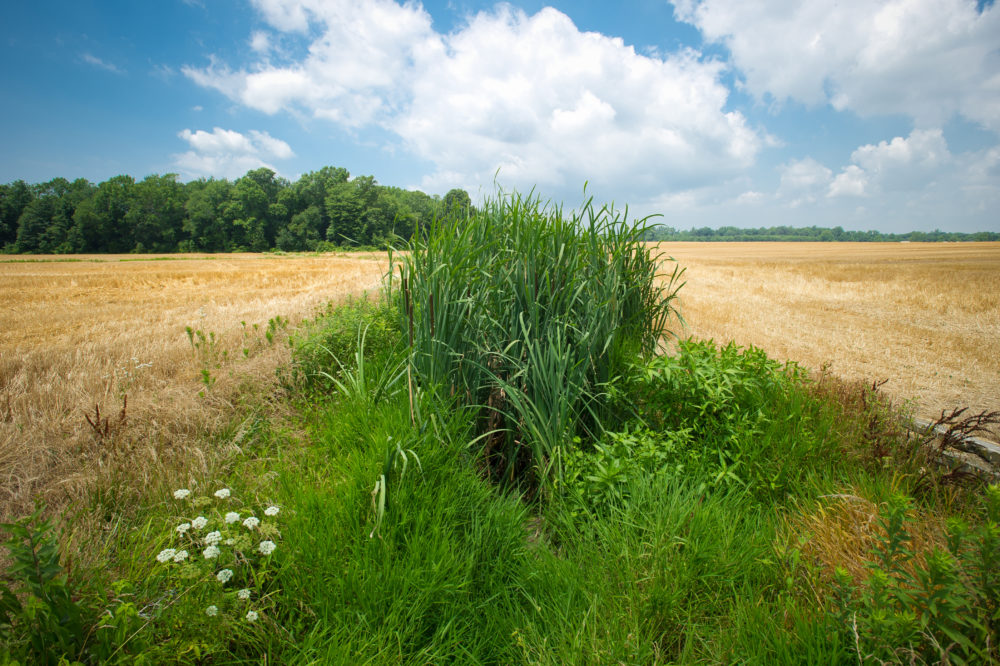
In just under a decade, the U.S. Department of Agriculture’s (USDA) Conservation Stewardship Program (CSP) has enrolled over 87 million acres of farmland, ranchland, and forestland in conservation contracts. According to preliminary enrollment data, over 72 million acres are currently enrolled in CSP active contracts – combined that’s a landmass equal to the entire size of the states of Iowa and Georgia! As the largest conservation program in the country, CSP provides much needed conservation assistance to producers and landowners with agricultural lands in production and promotes sustainable farming methods that work in concert with the environment.
The National Sustainable Agriculture Coalition (NSAC) recently published a new Special Report, which analyzes CSP’s contribution to conservation-minded producers and landowners, paying particular attention to enrollment, renewal, and land use trends. The report explores CSP’s massive footprint broken down by geography, land use, and producer type. It also provides a brief introduction to the role the 2018 Farm Bill can play in supporting CSP and our nation’s ongoing commitment to agricultural stewardship.
The Benefits of CSP
CSP is not only USDA’s largest working lands conservation program, its comprehensive approach to conservation assistance also makes it one of the Department’s most unique. Producers enroll their entire operation as part of a CSP contract, and are rewarded not only for implementing new and more advanced conservation activities, but also for actively managing and maintaining existing stewardship practices. Conservation activities available for support through CSP are designed to increase the long-term sustainability of agricultural operations while also enhancing soil health and protecting natural resources.
CSP recognizes what all farmers know well, that comprehensive conservation requires long-term investment. In order to sustain conservation support over time, CSP offers producers 5 year contracts, as well as a renewal opportunity at the end of each contract period (provided they have fulfilled the terms of the previous contract and commit to continual improvement). CSP contract holders receive annual payments that reflect their success in actively managing ongoing, as well as newly adopted, conservation activities.
This support is meant to encourage land management activities, which while extremely beneficial, also require significant and ongoing investments of producers’ money, time, and labor. These high level conservation activities include, but are not limited to: cover cropping, resource-conserving crop rotations, management intensive rotational grazing, advanced nutrient management, high level integrated pest management (IPM), and conservation cover.
NSAC’s Special Report is available online here.
For further analysis and updates on USDA conservation programs, including CSP, check out our blog; 2018 Farm Bill conservation page; NSAC’s Farm Bill Platform; and our publications page.

